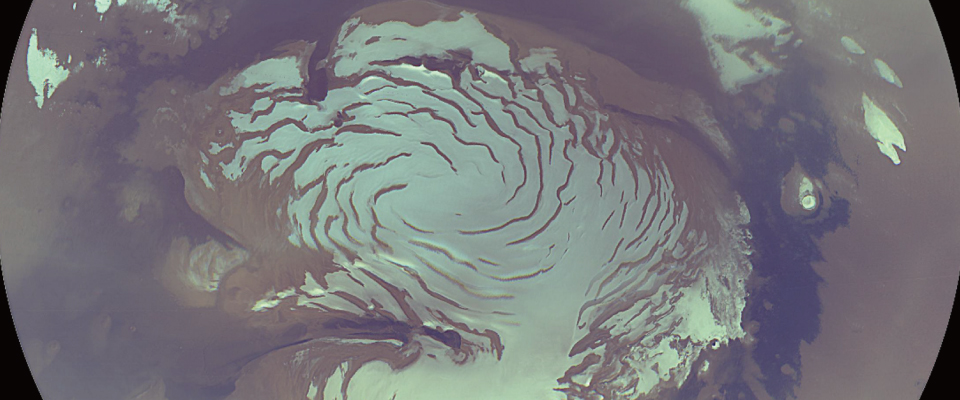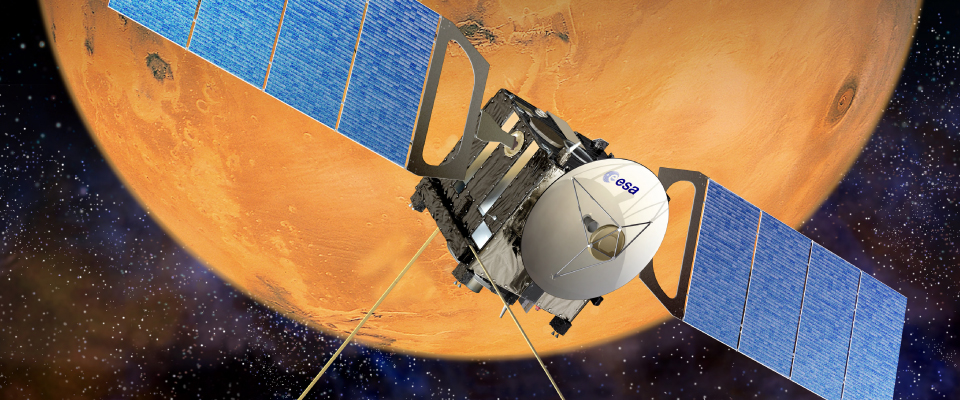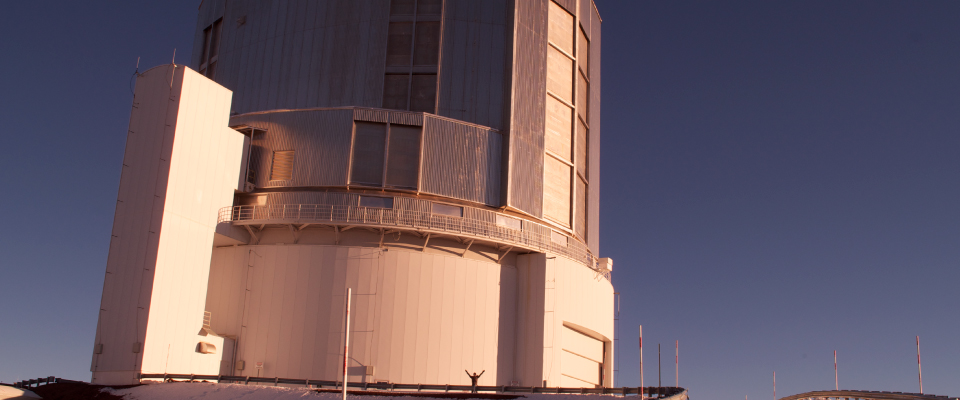火星大気大循環モデルの開発

火星は地球に比べて寒冷・乾燥し大気が薄く、その環境の特徴としては起伏の激しい地形、ドライアイスの極冠、時に全球規模に広がるダストストームの存在などが知られています。その一方で太古の火星地表面には液体の水が潤沢に存在した証拠がいくつも発見されており、その水の多くは太陽風により宇宙空間に散逸したと考えられる一方で、北極氷床および地下水(地下氷)としてかなりの量の水が現在の火星に存在することも知られています。
火星大気大循環モデルDRAMATIC (Dynamics, RAdiation, MAterial Transport and their mutual InteraCtions) MGCMは東京大学・国立環境研・JAMSTECにより共同開発された地球大気モデルを火星環境に作り替えたもので、二酸化炭素とダストの放射効果・二酸化炭素の相変化など火星独自の物理過程を取り扱うスキームを開発してモデルに導入し、大気温度・地表面気圧・ドライアイス極冠などの季節変化を再現、ダストストームによる大気の循環の変化などの研究に活用されました。
さらに水や二酸化炭素氷雲などの物質循環の導入に着手し、観測データとほぼ整合する水蒸気のカラム積算量および存在限界高度の季節変化が得られています。また中層大気(高度50km以上)に見られる二酸化炭素氷雲の季節・緯度分布についても観測データと整合する結果が得られています。さらに火星大気における水同位体比の観測を見据えたHDO循環の導入にも着手し、先行理論研究と整合するHDO/H2O比の緯度および季節変化を再現しました。
Mars has colder environment in comparison with Earth, with dry and thin atmosphere, rough topography, seasonal CO2 ice cap, and dust storms which sometimes expand to planet-encircling. On the other hand, there are many topographic evidences which indicate the existence of rich liquid water on the surface of old Mars. Most of the water is thought to be escaped into space by interactions with the solar wind, while not a little water has been found in the north polar cap and underground. We have developed a Mars General Circulation Model named DRAMATIC (Dynamics, RAdiation, MAterial Transport and their mutual InteraCtions), based on the terrestrial atmospheric model developed in the Univ. of Tokyo, NIES and JAMSTEC, by introducing some physical schemes specific on Mars such as the radiative effects of CO2 and dust and the phase changes of CO2. The model well reproduces the seasonal changes of temperature field, surface pressure and CO2 polar ice distribution, and has been used for the investigations of atmospheric dynamics such as the change of atmospheric circulation in different dust opacity. Moreover, we are starting the implementation of the material transport schemes such as water and CO2 ice clouds, and have reproduced consistent distributions of water vapor column density and hygropause with observations. We have also reproduced consistent seasonal and latitudinal distributions of CO2 ice clouds in middle atmosphere (higher than ~50 km) with observations. We have also implemented the HDO cycle for the future observations of the water isotopic ratios on Mars, and have reproduced consistent seasonal and latitudinal changes of HDO/H2O ratio distributions with the previous theoretical studies.




